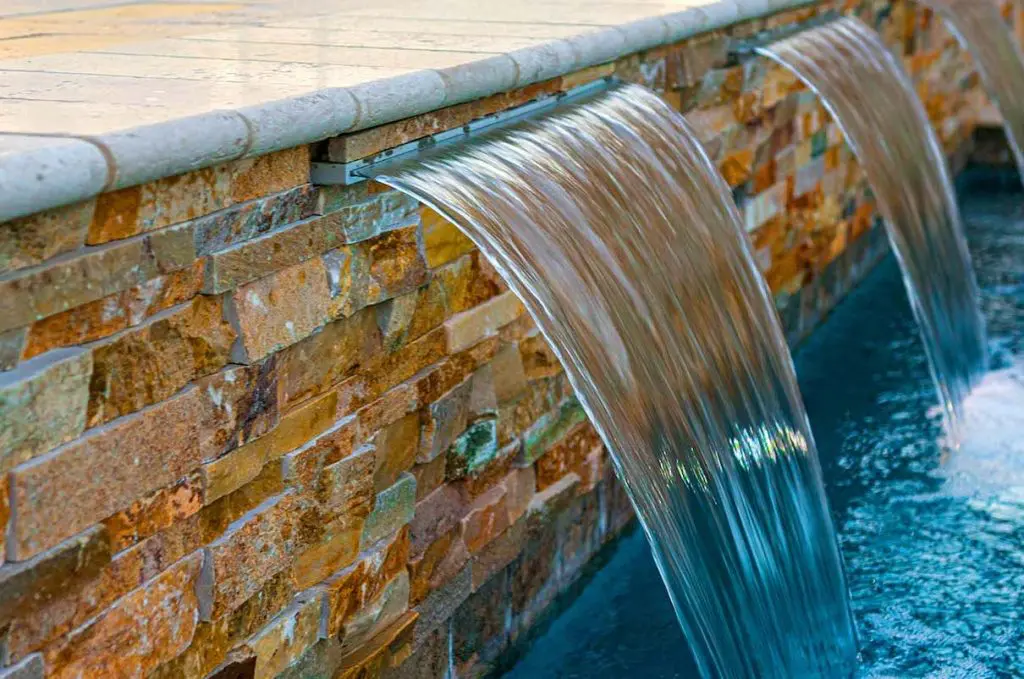Maintaining your pool is essential to keeping it beautiful and functional. This is true whether you have a traditional chlorine swimming pool or a salt water pool. Although a salt water pool system requires slightly different steps for upkeep, it is relatively easy to maintain.
What you need to know about the maintenance for a salt water pool system:
Similarities to Chlorine Pools
Many of the steps that you need to take to keep your salt water pool clean are actually the same as what you should do with a chlorine pool.
These include:
Checking for Debris
Each day, you should check your pool’s water for debris and remove any with a skimmer as necessary. This helps prevent your filter from working too hard and keeps your water cleaner. You should also clear out the skimmer basket daily.
Maintaining the Water Level
Keeping your pool’s water level at the midpoint of the skimmer helps prevent damage to the pump. Both salt water and chlorine systems are prone to low water during Arizona summers, so you should either check daily or install an automatic fill system.
Testing Pool Chemicals
Chlorine and salt water pools actually contain the same chemicals. The difference is that you add chlorine directly to a traditional pool, whereas a salt water system generates it using a salt cell. The other chemicals present in your pool are added in the same way for both types of systems. For proper maintenance, you should test pH every few days, alkalinity weekly, and calcium hardness and cyanuric acid (CYA) monthly. Keep in mind that the required levels of these chemicals may differ between traditional pools and salt water systems.
Shocking Your Pool
Although you may not associate pool shock with salt water pools, it’s actually just as important to shock this type of system. You should follow the same process that you would for a traditional pool and shock after storms, parties, and every one to two weeks during the swimming season.
Steps Unique to Salt Water Pool Systems
Although many steps are the same for both traditional chlorine and salt water pools, there are some important differences to be aware of.
These include:
Chlorine Levels
Salt water pools are not actually chlorine-free, so you will need to test the chlorine level regularly to maintain your pool’s cleanliness. However, you do not add chlorine directly like you would for a traditional swimming pool. Instead, you should adjust the salt cell’s output. This is the part of the system that transforms salt into free chlorine.
Salt Levels
Once a month, you should test the salt level of your pool. This should be between 3,000 and 3,500 parts per million (ppm). If it is lower, you will need to add pool salt.
Cleaning Your Salt Cell
Once every three months, you should remove your system’s salt cell and inspect it for any scale build-up or debris. If you notice any issues, you will need to wash the cell. You can do this by soaking the cell in diluted muriatic acid following manufacturer instructions.
Build a Beautiful Salt Water Pool
Salt water pools have many benefits. The water is gentler on your skin and eyes and you won’t need to add chemicals as often. At Pools by Design, we can build a gorgeous salt water pool that includes features that will make your maintenance easier.
To learn more about salt water pool systems, contact us today.


